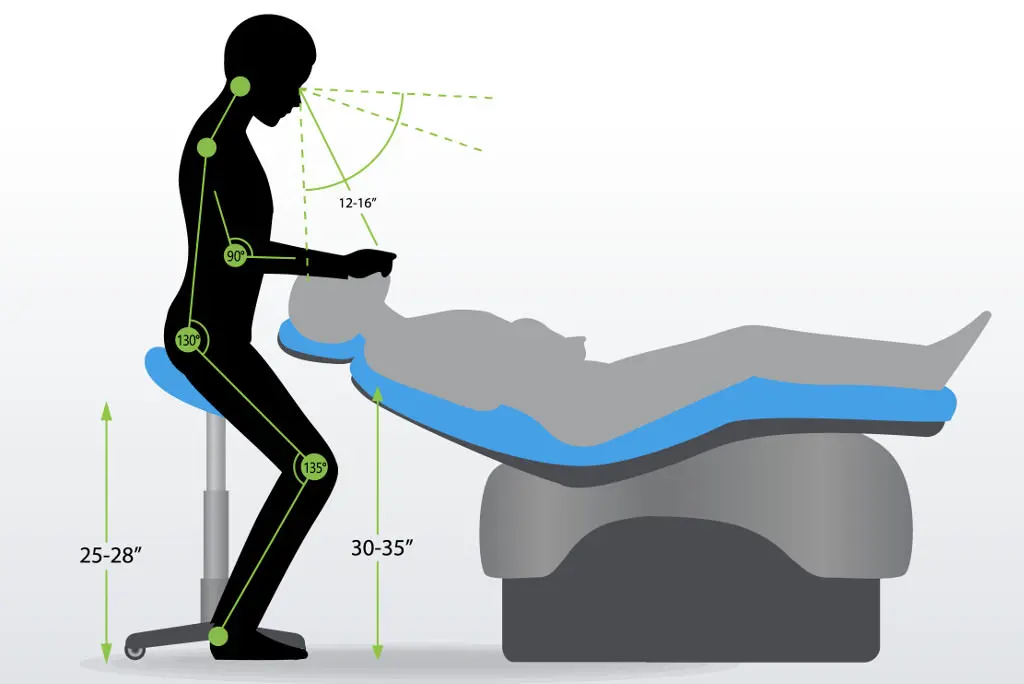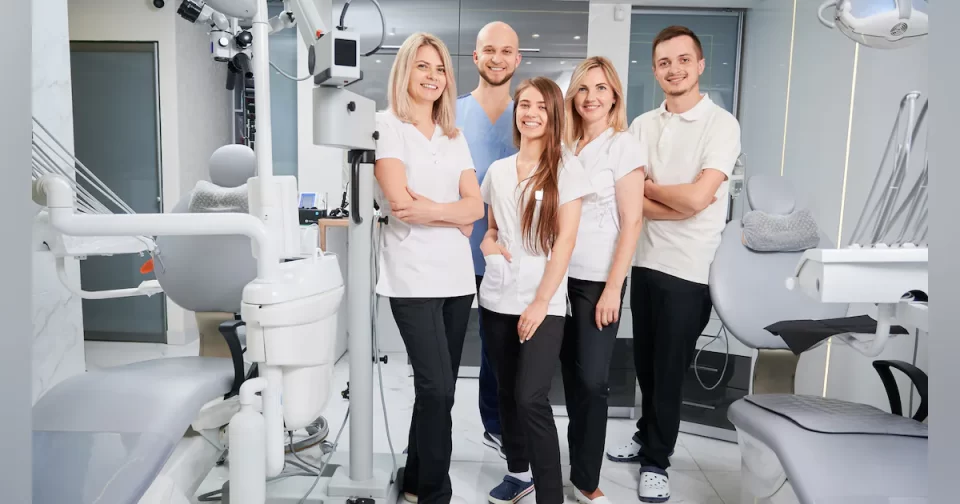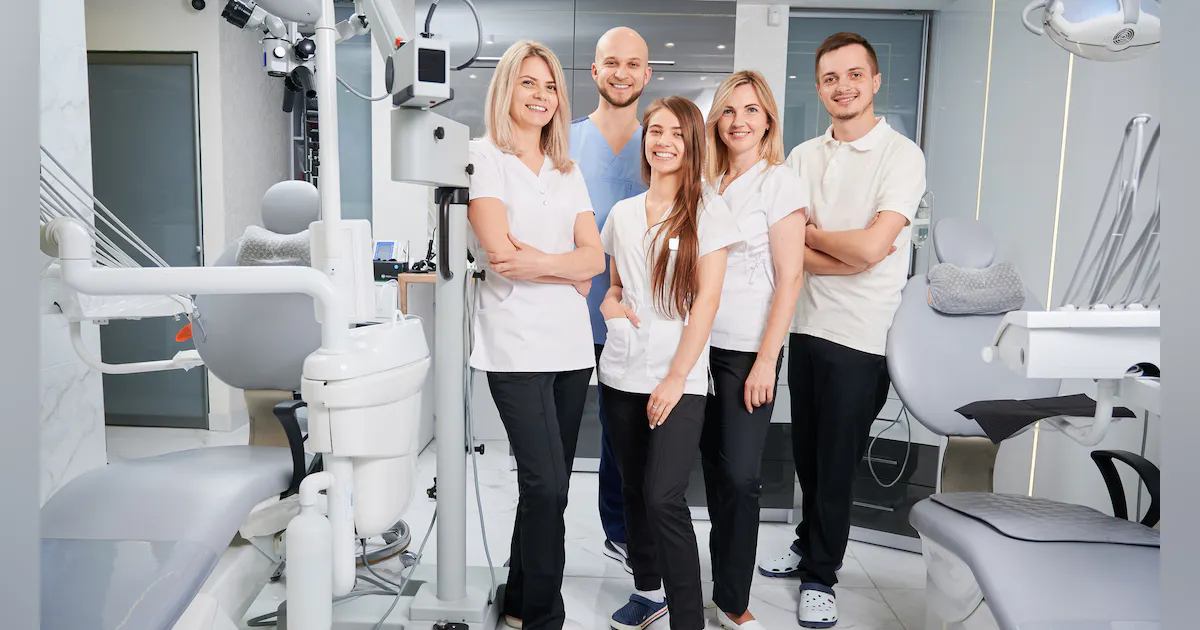In the fast-paced environment of dentistry, where precision and efficiency are paramount, maintaining a healthy and productive workspace is crucial. Dental practitioners often face ergonomic challenges that can lead to discomfort, fatigue, and even long-term health issues. This is where ergonomic consultants play a vital role. In this blog, we’ll explore how ergonomic consultants enhance workflow and promote the well-being of dental professionals.
Understanding Ergonomics in Dentistry:
Ergonomics involves designing work environments that fit human capabilities and limitations, optimizing both comfort and efficiency. In dentistry, it addresses the physical strain that practitioners can experience due to repetitive motions, prolonged postures, and inadequate equipment setup.
The Role of Ergonomic Consultants:
Ergonomic consultants are experts who analyze workspaces, equipment, and workflows to identify potential issues and recommend solutions. In dentistry, their role is to create a practice environment that minimizes physical strain and maximizes efficiency.
Benefits of Ergonomics in Dentistry:
- Health and Well-being: Proper ergonomics reduce the risk of musculoskeletal disorders, back pain, neck strain, and other physical discomforts that dental professionals often experience.
- Enhanced Productivity: Ergonomic setups optimize workflow, allowing practitioners to work more efficiently without unnecessary movements or adjustments.
- Quality of Care: Comfortable practitioners can focus more on delivering high-quality care, as they are less distracted by discomfort.
- Longevity in Practice: By reducing the strain on the body, ergonomic practices can help practitioners have a longer, healthier career in dentistry.
Key Aspects of Ergonomics in Dentistry:
- Workstation Setup: Ergonomic consultants assess the layout of dental chairs, instruments, and screens to ensure that practitioners maintain proper postures during procedures.
- Instrument Design: Consultants recommend instruments with ergonomic handles that minimize hand and wrist fatigue.
- Seating: Proper dental chair adjustment and posture are crucial. Ergonomic consultants ensure that practitioners are seated at the right height and angle to prevent strain.
- Lighting: Adequate and adjustable lighting prevents eye strain and ensures clear visibility during procedures.
- Tools and Accessories: Consultants recommend tools and accessories like stools, magnification glasses, and footrests to enhance comfort and reduce strain.
Consultation Process:
- Assessment: Ergonomic consultants start by analyzing the current workspace, workflows, and equipment.
- Recommendations: Based on the assessment, consultants provide customized recommendations for equipment adjustments, seating modifications, and workflow improvements.
- Training: Consultants train practitioners and staff on proper ergonomic practices, posture techniques, and exercises.
- Follow-Up: Regular follow-up assessments ensure that the recommended changes are implemented effectively and any further adjustments are made as needed.
Ergonomics in dentistry is not just about comfort; it’s about promoting the long-term health and well-being of dental professionals while optimizing their workflow. Ergonomic consultants play a vital role in creating a practice environment that minimizes physical strain, enhances productivity, and ultimately leads to better patient care. By investing in ergonomic assessments and implementing their recommendations, dental practices can create a win-win situation for both their team and the patients they serve.














